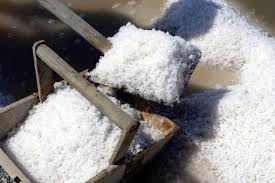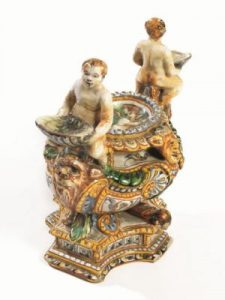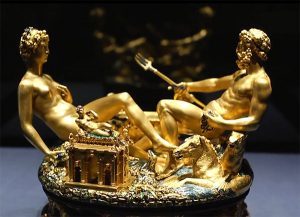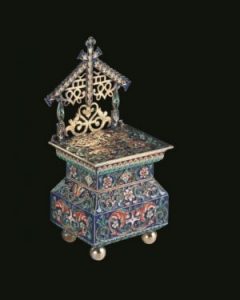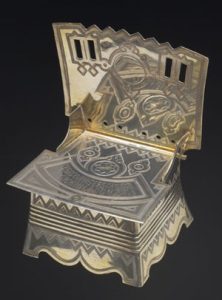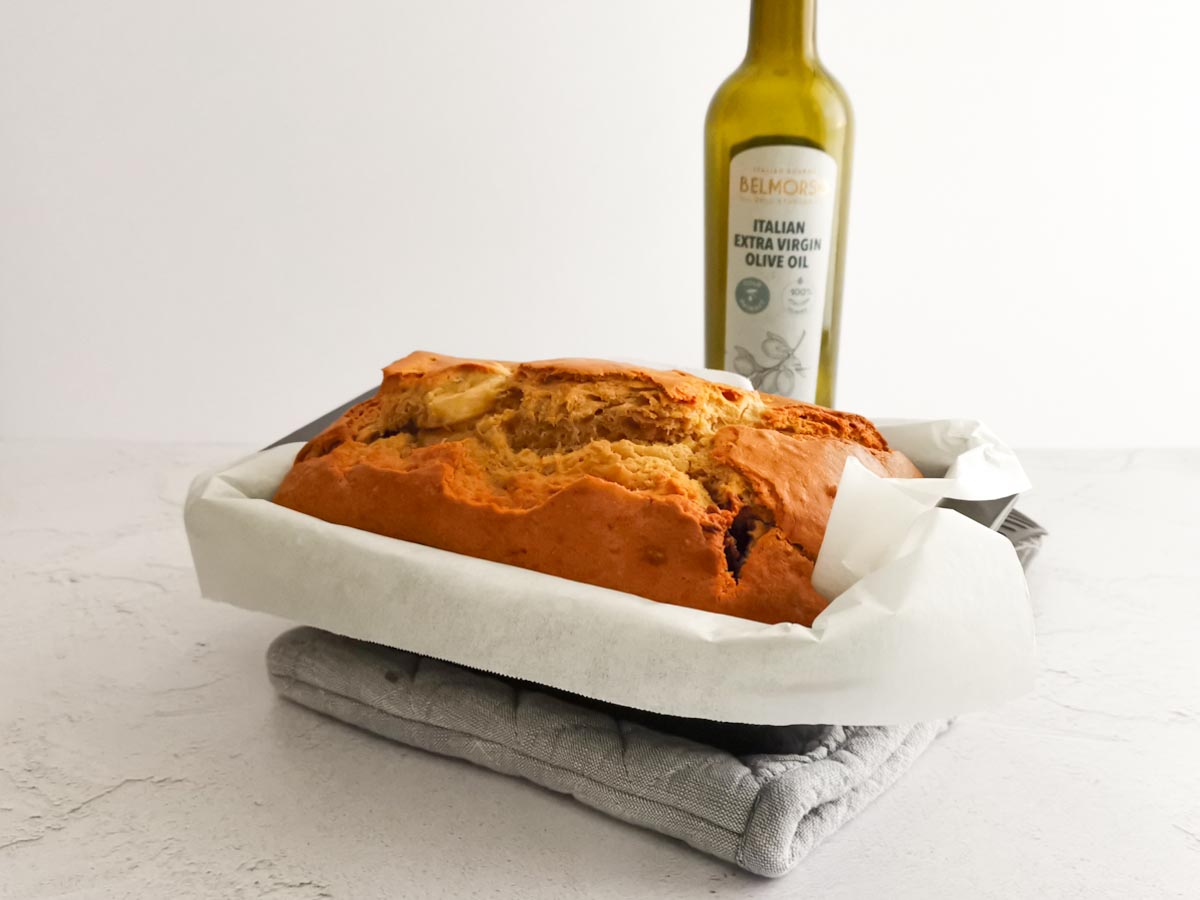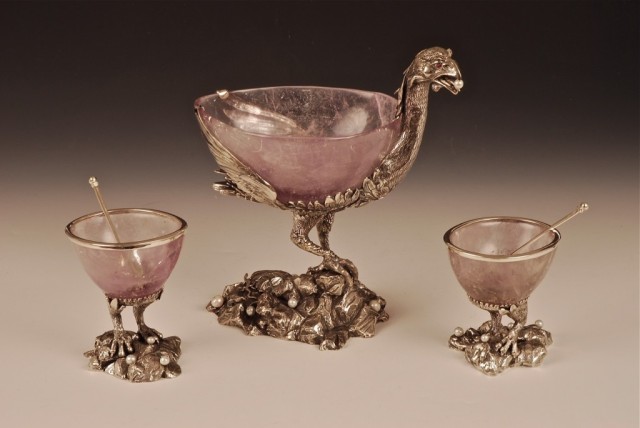
The Dinette Teller – 08. The Salt Cellar
The salt has always been a sacred element. In fact, it was used to preserve foods, to make drugs, and to colour fabrics. To trade the salt new commercial routes developed creating new alliances among different kingdoms and determining new politic and geographical boundaries.
In the beginning the salt cellar was viewed as a Holy object, called; “salinum”. In the Roman Epoch it was used to offer protective divinities to the house.
Between the Middle Age and the 16th Century, the salt cellar became an important decorated object, to protect the salt, as very rare and precious ingredient, also from poisoning, which was very common in those ages, mainly in the wealthiest families.
The salt cellars could be done in glass, crystal, silver, and decorated with elegant designs and small statues. They were very big and the two most common shape were a shell and a treasure chest.
One of the most famous salt cellars of the 15th century was the one of Benvenuto Cellini; an Italian artist who had his highest glory peak in France. There, he decorated the salt cellar for the King Francesco I. It is now shown at the Kunsthistorisches Museum in Vienna, since the marriage between Carlo IX of France and Elisabetta of Austria.
During the Ranaissance the salt cellars were smaller and in the richest families every table mate had one for himself.
In 19th Century Russia the salt cellar became the most meaningful present for a newly married couple and was made from silver and gold. The highest social classes competed against each other to exhibit the most beautiful one as a symbol of good luck and fertility for the young couple.
Sometimes some popular sayings were painted on the salt cellar, shaped as a throne, such as “Eat bread and salt, but pay attention to the received recommendations” or “Without bread and salt, you can have just half of a meal”.
If given as a gift it was also common to carve important dates on the salt cellar.

